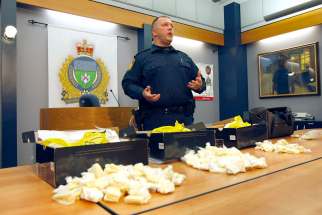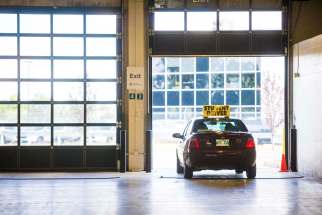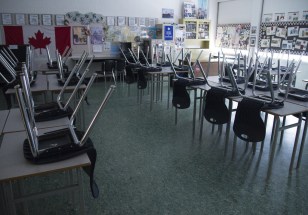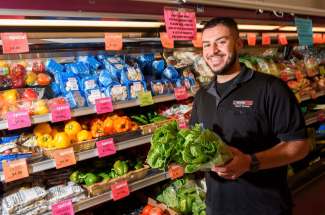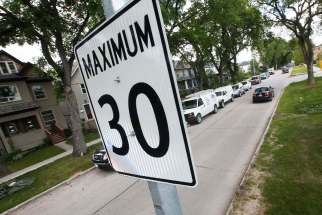Openness, transparency critical for school reopenings
Read this article for free:
or
Already have an account? Log in here »
To continue reading, please subscribe:
Monthly Digital Subscription
$0 for the first 4 weeks*
- Enjoy unlimited reading on winnipegfreepress.com
- Read the E-Edition, our digital replica newspaper
- Access News Break, our award-winning app
- Play interactive puzzles
*No charge for 4 weeks then price increases to the regular rate of $19.00 plus GST every four weeks. Offer available to new and qualified returning subscribers only. Cancel any time.
Monthly Digital Subscription
$4.75/week*
- Enjoy unlimited reading on winnipegfreepress.com
- Read the E-Edition, our digital replica newspaper
- Access News Break, our award-winning app
- Play interactive puzzles
*Billed as $19 plus GST every four weeks. Cancel any time.
To continue reading, please subscribe:
Add Free Press access to your Brandon Sun subscription for only an additional
$1 for the first 4 weeks*
*Your next subscription payment will increase by $1.00 and you will be charged $16.99 plus GST for four weeks. After four weeks, your payment will increase to $23.99 plus GST every four weeks.
Read unlimited articles for free today:
or
Already have an account? Log in here »
Hey there, time traveller!
This article was published 29/07/2020 (1959 days ago), so information in it may no longer be current.
The only thing parents, students and teachers will know for sure when Manitoba schools reopen in September is that whatever plan is chosen to get kids back in the classroom, it could change drastically overnight.
Education Minister Kelvin Goertzen is expected to announce details this week on how schools will reopen, including what steps will be taken to limit the spread of the novel coronavirus, which forced the province to shut schools in March.
Reopening schools is probably the single biggest (and most complicated) part of the province’s reopening plan, not only because it involves children, but also because of the sheer number of students, teachers and staff returning to school at the same time. The potential for widespread transmission of the disease is great.
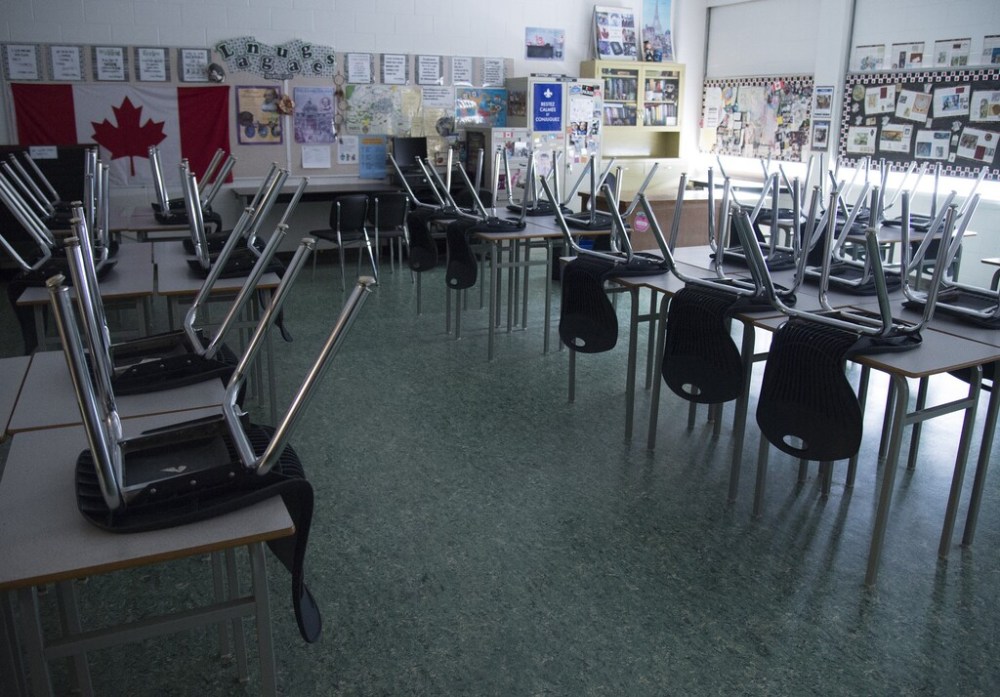
But the alternative – keeping schools closed – is not an option. Kids have to get back to school for a whole host of economic and social reasons, not the least of which is preserving their mental health and ensuring they can get on with their studies.
Online learning has worked for some students during the shutdown. But it’s no substitute for in-person schooling.
The province laid out three scenarios last month that all school divisions were asked to plan for. The first was to return to school under near-normal conditions. That would only happen if case numbers and test positivity rates were low enough to allow that level of intermingling among students and teachers. The second scenario, if cases continued to rise, would be a blend of in-school and home studies. And a third, worst-case scenario would involve very limited in-school instruction. There would have to be “moderate to widespread transmission” of the disease for that to happen, according to the province’s draft reopening plan.
Each school division will have the month of August to plan for whatever option the province chooses this week. There will be variations on how each school proceeds. But measures such as limiting contact between individual classes, staggering timetables (so not all students are in halls or lunchrooms at the same time), and minimizing areas where students can congregate will be some of the features of in-person schooling under COVID-19.
Protocols will be needed to determine what actions should be taken if there’s an outbreak at a school. Some students and staff, including those with underlying health conditions, may have to continue to learn or work from home. Parents will be told when they can drop off their kids at school (busing will be limited) so not everyone arrives at the same time. And parents will be told to keep their kids home if they have even a hint of illness.
No matter what plan is chosen, school officials will also have to be prepared to change course if there’s an outbreak in a school or community (or provincewide) that makes it unsafe for kids to attend class in person. That could happen very quickly.
“In-class learning may be increased or suspended on short notice in response to changing public health advice,” the province’s draft plan says.
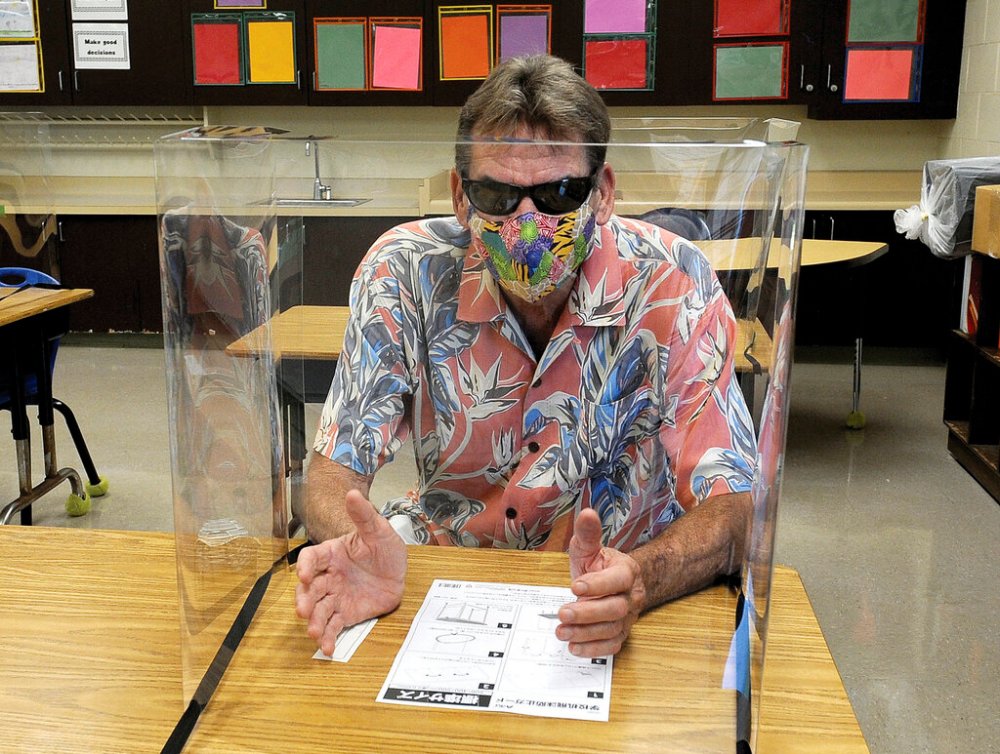
In other words, it’s going to be one day at a time. What may work in the first few days or weeks of the school year could change quickly.
The biggest challenge for the province and school divisions will be to convince parents their school is safe enough to send their kids. That won’t be easy, considering the fear many have about the virus and the uncertainty around its effect on children.
There will be no such thing as a no-risk school environment. There will be transmission of the virus no matter what measures are taken. The key will be to limit it and protect the most vulnerable. People have to understand that, as the province reopens the economy. It’s unrealistic to expect otherwise.
The province also has to make it clear how much transmission of the virus it’s willing to accept before it changes course and scales back in-person schooling. A single case, for example, wouldn’t likely result in the closure of an entire school. But at what point would a school have to close? Parents should know that beforehand. That level of openness and transparency is critical if the province wants parents to have confidence in the approach taken.

Tom has been covering Manitoba politics since the early 1990s and joined the Winnipeg Free Press news team in 2019.
Our newsroom depends on a growing audience of readers to power our journalism. If you are not a paid reader, please consider becoming a subscriber.
Our newsroom depends on its audience of readers to power our journalism. Thank you for your support.

